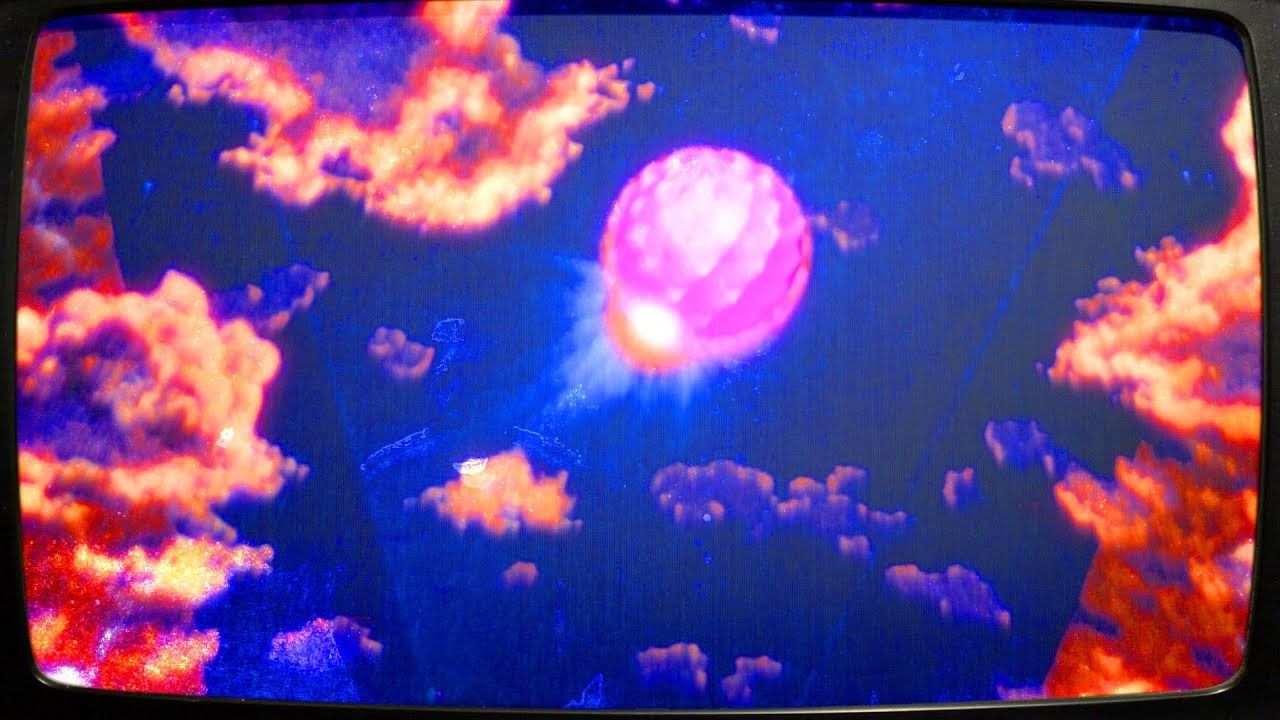"INTO THE BLUE" is a mesmerizing faux-nostalgia trip

Broken Bells is a strange existence – but most side-projects are. Musicians already have their bands and already headline shows, so why start over? Is the main gig too rigid? Are they itching for more than the band can provide? Are their bandmates, heaven forbid, holding them back? With luck, it’s usually just the second one. The first and third annihilate lifelong friendships and everyone loses. Still, it’s that second option that is the strangest. Are those musicians feeling genre fatigue? What is it that they want to say – want to play – that just isn’t possible with the main act?
Broken Bells, or rather the duo at the heart of it all, James Mercer of The Shins and producer Brian Burton (A.K.A. Danger Mouse), released their debut album, the self-titled Broken Bells, in 2010. This fell between The Shins’ 2007 album Wincing the Night Away and Port of Morrow in 2012. It seemed at that point that it was just a one-off thing, but then After the Disco in 2014 heralded the return of Broken Bells and they became an act in their own right. Not just that – Broken Bells became one of the best acts in indie.
What set Mercer ofThe Shins apart from Mercer of Broken Bells is clearly in his lyrics. The Shins play whimsical, manic outbursts of the heart with incomprehensible words and scenes, but Broken Bells tone down the energy to wail about the woes of the soul with cutting remarks and constant questions. From “The Ghost Inside,” “Citizen,” and “The Mall & Misery” on Broken Bells, to “Leave It Alone,” “The Angel and the Fool,” and “The Remains of Rock & Roll” on After the Disco, Broken Bells has produced masterpieces of malaise and world-weariness. Sometimes, it feels like Mercer traded fun dance tunes for songs that make you want to just lie down on the floor. With INTO THE BLUE, that legacy continues.
INTO THE BLUE doesn’t fail to impress throughout the whole runtime. With hints of classic psych, the slow, steady percussion and synthetic stabs form a trance-like background for Mercer’s vocals and surprisingly grounded acoustic guitar. When the longer synth drones kick in, it feels like an extension of the vocals themselves. Tracks like “We’re Not In Orbit Yet…” and “Fade Away” almost seem like a living orchestra where everything has a repeating pulse that grows, ages, and eventually dies. Very fitting, since the former is about learning not to burn out your life too fast while the latter is about the inevitable end of everything that isn’t stone.
The songs also seem oddly nostalgic: “Love On The Run,” for instance, features brass backing that I swear sounds like Peter Gabriel’s “Sledgehammer.” It’s more than that, though: the lullaby tone, the slight fuzzy filters on some backing instruments, and the explicit reminiscences in “Saturdays” call back to earlier, more innocent days where the future seemed much more exciting. It’s appropriate, then, that all the music videos that the group posted on YouTube feature elements of retrofuturism, a style that is meant to evoke ideas of “where we thought we were headed” – tube televisions showing the edge of the galaxy, vector graphics of satellites and lunar colonies, scarily pristine communities warped along the inside of a sphere surrounding a star, and numerous shots of rockets and astronauts – but then “you fall into the blue, and it’s gone,” as the title track goes. One way or another, the future we wanted swept away, and Mercer is sure to make you miss it. It’s a very impressive theme, one of those kinds that rewards you if you listen closely. And when the music itself is so enthralling, who wouldn’t want to listen closely?
Admittedly, the album feels a bit weak in “Invisible Exit” and “Saturdays” – in the first, the lack of elements other than guitar and vocals make it seem empty or incomplete; in the second, rather than feel like a lullaby like the rest, it feels like an annoying alarm clock. They certainly mesh well with the overarching theme of “a future that never was,” but that doesn’t exactly make them pleasant to listen to, especially on repeat. If anything, “Invisible Exit” sounds better as a Shins song. Fortunately, they both manage to bring it home in the latter half and leave a satisfying taste. The rest of the album, however, is exceptional. Despite those two hiccups, INTO THE BLUE is a strong contender for one of the best albums this year. It may be a while before we get another entry into Broken Bells’ discography, but if the wait for this one was worth it, then surely the next one will be worth it too.Whenever I listen to a Broken Bells album, I like to think: “Which ones?” There are hundreds of millions of bells in this world, so who broke which ones, and why? For Broken Bells, I think it was a clock tower’s bell; after all, with all this insecurity and disillusionment, how is one supposed to greet the morning with a smile? After the Disco shatters the wedding bells; after all, how is love a happy thing when both halves are breaking down? Finally, with INTO THE BLUE, the death knells are cracked and split; what kind of funeral mourns something that never was? And just like that, Broken Bells resurfaces yet again as a strange, yet incredibly special, existence.